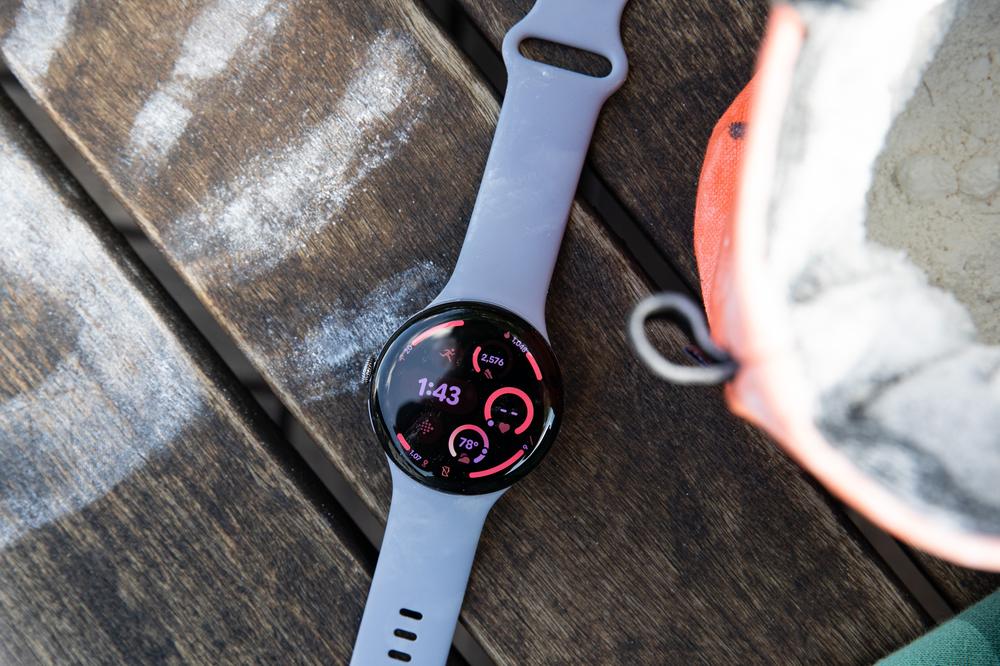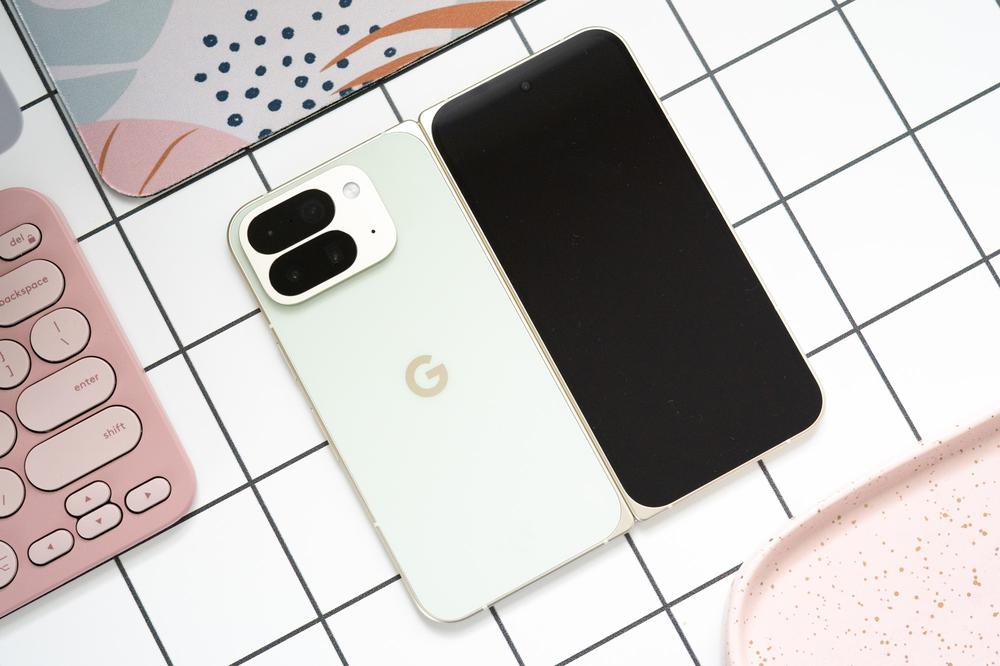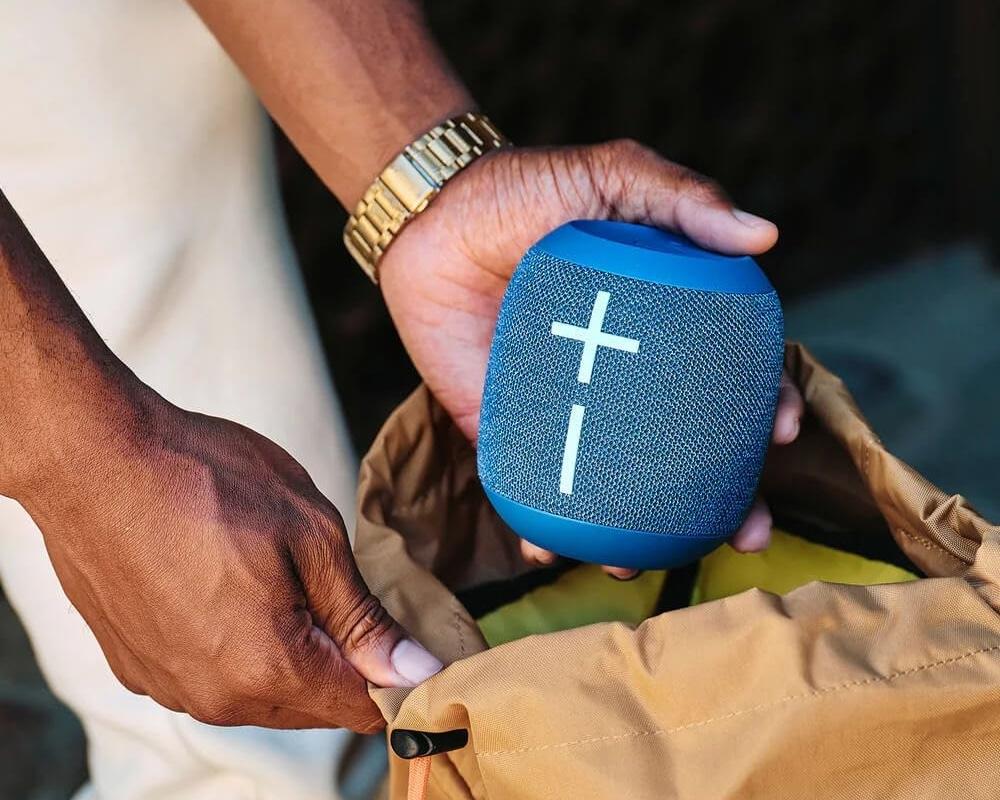Five years ago, I used to groan when it came time to review an Android smartwatch. Back then, anything that wasn’t a Samsung watch was disappointing at best. The space was fragmented, battery life was dismal, and interest just didn’t seem to be there. But now, the $349.99 Google Pixel Watch 4 is the most interesting flagship smartwatch launch of the season.
That wasn’t on my 2025 bingo card.
The Pixel Watch 4 may look exactly like the Pixel Watch 3, but it’s a fundamentally different watch. Hardware-wise, the fourth-gen watch is now repairable, features a domed display, and has upgraded specs, like bigger batteries, a new speaker and haptics, and a faster processor. Wear OS 6 adds a complete redesign with Material 3 Expressive, and of course, Gemini is now on the wrist with a new raise-to-talk gesture. On the fitness and health front, sleep tracking is improved, there’s now dual-frequency GPS, and there’s improved automatic activity detection. As for battery life, it lasts longer and charges faster.
8
Verge Score
$ 350The Good
- All-around better battery and fast-charging
- Material 3 Expressive design refresh is smart
- Better auto activity tracking
- Raise-to-Talk is quite natural
- Domed display looks quite nice
- Repairability!
- Satellite SOS
The Bad
- Third proprietary charger in four years
- Gemini is still hit or miss
- GPS maps are better, but still a bit wonky
Delightfully wearable
The latest Pixel Watch doesn’t upend Google’s design language. It still comes in 41mm and 45mm sizes and looks the same on your wrist. But move closer, and you’ll start seeing the differences.
The curve of the domed Actua 360 display is particularly noticeable on the 45mm watch. The bezels are 16 percent thinner, giving you 10 percent more screen real estate. The curve was most noticeable whenever I was scrolling through menus. Google’s Material 3 Expressive software design change is a smart refresh. Tiles hug the edge of the domed display, and animations and buttons are larger with more rounded edges. You can fit more information on a single screen, and the playful design gives the Pixel Watch 4 a more distinctive flavor than before. When paired with a Pixel phone, the devices match each other’s color themes, giving a more cohesive overall vibe.
The display is also brighter, maxing out at 3,000 nits, on par with the Apple Watch Ultra 3. It’s easier to view in direct sunlight.
But battery life is the biggest hardware bump this year. Combined with the new power-efficient processors and Wear OS 6’s performance improvements, the watch lasts noticeably longer on a single charge thanks to larger batteries. My colleague Allison Johnson regularly got about a day and a half with the smaller 41mm watch. I’ve been testing the 45mm and got 45 hours on my first full charge. That well exceeds the maximum 32 hours I got on a rundown test of last year’s Pixel Watch 3. I’ve regularly been getting about 36 to 42 hours with the always-on display enabled.
It has impressive fast charging, too. I placed the Pixel Watch 4 on the charger at 6:44AM with 14 percent battery. By 7:18AM, I was up to 97 percent. I’m so impressed with the faster charging time that I’m willing to forgive that we now have a third proprietary Pixel Watch charger in four years.
Lastly, while I was swapping straps, I was excited to see the screws that let you open up the watch. Wired has an in-depth teardown, but you’ll be able to replace the battery and display yourself. Components will eventually be available through iFixit, and you’ll also be able to get the watch repaired through Google. While we haven’t wrecked a Pixel Watch since the second-gen device, the design is prone to getting banged up. In the past, Google hasn’t done a great job on this front, so this is a welcome development.
Gemini is hit or miss
I’ve written a bit about Gemini on the wrist this summer. Many of my gripes remain. It’s still not intuitive when you should use it over the phone, multi-step queries have a fair bit of latency, and it’s not always clear how it differs from Google Assistant. That said, the Pixel Watch 4’s implementation of it is sleeker than Samsung’s.
The first is the Raise-to-Talk gesture. It’s what it sounds like. You raise your wrist, and Gemini wakes up. You don’t have to make any outlandish Power Ranger-like movements. Raise-to-Talk queries didn’t always work until I tweaked the voice sensitivity options, which are buried in gesture settings.
The revamped Gemini Tile is more useful. You can now save two “shortcuts” to frequent Gemini queries like “summarize my last email” or “turn off all my lights.” (I use the latter daily; the former was not as useful.)
There are two other “smart” AI features on the wrist. One is Smart Replies, which offers more personalized replies to your messages. It requires that you’re paired with at least a Pixel 8 Pro, Pixel 9 series, or Pixel 10 series phone. However, 95 percent of my text messages are either too long and juicy to use this or are so mundane that typical canned replies are sufficient. Notification cooldown is a new feature that’s supposed to change how frequently you’re notified without needing a do-not-disturb mode. Let’s just say I still get a bazillion notifications from my Nest Doorbell.
A better fitness tracker
I haven’t gotten to test the new AI-powered Fitbit Health Coach yet. That’s not coming until later this month. But the Pixel Watch 4 has a few notable health and fitness tracking changes.
The big one is improved activity detection. The watch will automatically record certain cardio activities for at least 15 minutes. You’ll get a notification and activity recap within an hour of finishing. You can also train the AI to better recognize certain activities over others, like trail runs versus road runs.
I tried this for both walks and runs. It accurately recorded activity type and start and end times. I’m bad at tracking walks, so this was a nice perk. Allison also told me that the feature worked well for her cycling sessions. However, this feature doesn’t yet work for anything that isn’t a walk, run, bike ride, spinning, rowing, elliptical, or team sport workout.
The Pixel Watch 4 also adds dual-frequency GPS, which is supposed to improve route maps in challenging terrain like cities or dense forests. I was looking forward to this, since Pixel Watch (and Fitbit) GPS maps have historically taken creative licenses with my runs. Across five runs, I noticed a marked improvement. But when compared to the maps of the same runs recorded on the Ultra 3? Fitbit still has some work to do.
Emergency satellite SOS is limited to when you’re actually in danger without access to cellular connectivity. Like with the Apple Watch Ultra 3, that wasn’t a scenario I found myself in, despite trekking up three mountains in dense state forests over the past few weeks. You can try a satellite demo (though this doesn’t actually connect you to a satellite), but it’s more helpful to think of this as a backup safety feature than a primary means of emergency communication.
The Android watch to beat
For so long, Samsung has been the dominant name in the Android wearable space. But after a relatively static Galaxy Watch 8, I’m confident the Pixel Watch 4 is now the best Android smartwatch in terms of price, feature set, and design.
Sure, OnePlus has better overall battery life with its smartwatches. Yeah, Samsung has a physical rotating bezel on the Classic watches. But if I look at which company has the whole package, and a vision about where Android smartwatches should go next? I gotta hand it to Google and the Pixel Watch 4.
Agree to Continue: Pixel Watch 4
Every smart device now requires you to agree to a series of terms and conditions before you can use it — contracts that no one actually reads. It’s impossible for us to read and analyze every single one of these agreements. But we started counting exactly how many times you have to hit “agree” to use devices when we review them since these are agreements most people don’t read and definitely can’t negotiate.
To use the Pixel Watch 4, you must pair it to an Android phone. That means agreeing to that phone’s terms of service and privacy policies.
To use the Fitbit and Fitbit Premium features, there are two mandatory Fitbit agreements:
Keep in mind that you will be required to log in to Fitbit with your Google account to use the Pixel Watch 4. As part of requirements from global regulators, Google says it must keep your Fitbit health data separate from its Google ads data. Should you choose to integrate any apps with your Fitbit account, like Strava, you will also have to agree to those apps’ terms of service and privacy policies. The same goes if you opt in to Google’s Health Connect API to better integrate with third-party services.
Additionally, if you want to use Gemini, you must agree to let Google collect app info and contact info from your devices. Other features like Google Wallet, Google Home, Gmail, Google Calendar, and YouTube Music will also come with their own separate agreements. There will also be several optional permissions related to Bluetooth, location services, and financial services, depending on what you choose to enable.
If you choose to activate LTE, you will also have to agree to your carrier’s terms of service and privacy policies. You will have to agree to optional agreements if you choose to use Safety Signal as well.
Final tally: five mandatory agreements and a boatload of optional agreements.

 Google Pixel 10 Pro Fold review: finally, a more durable foldable
Google Pixel 10 Pro Fold review: finally, a more durable foldable